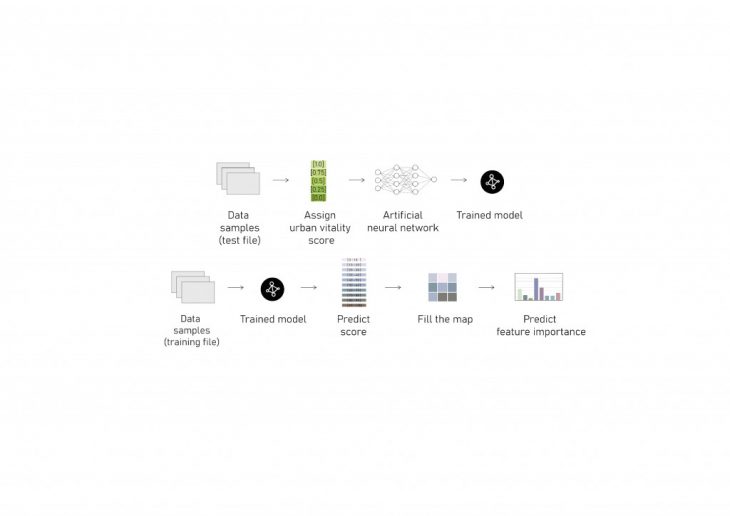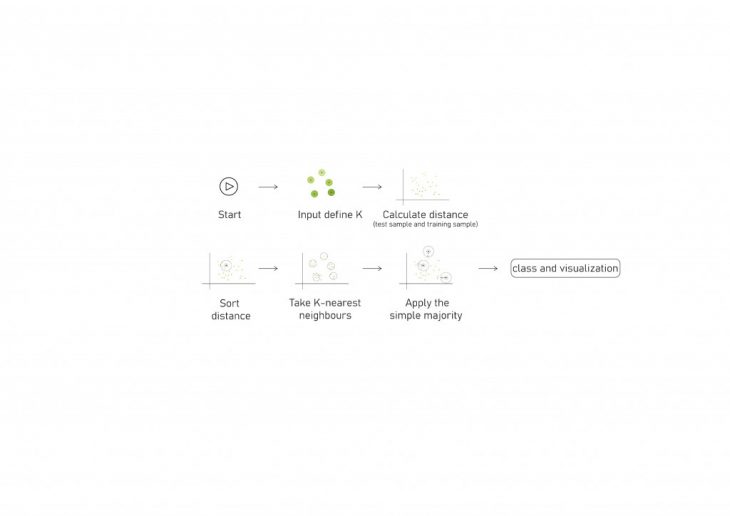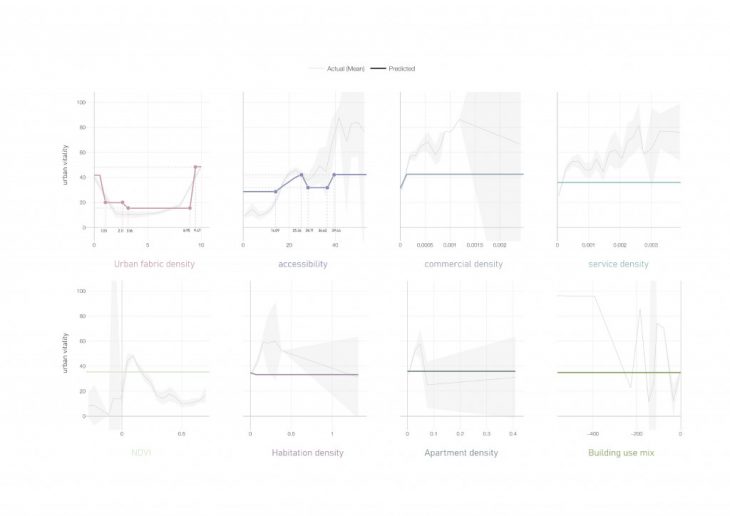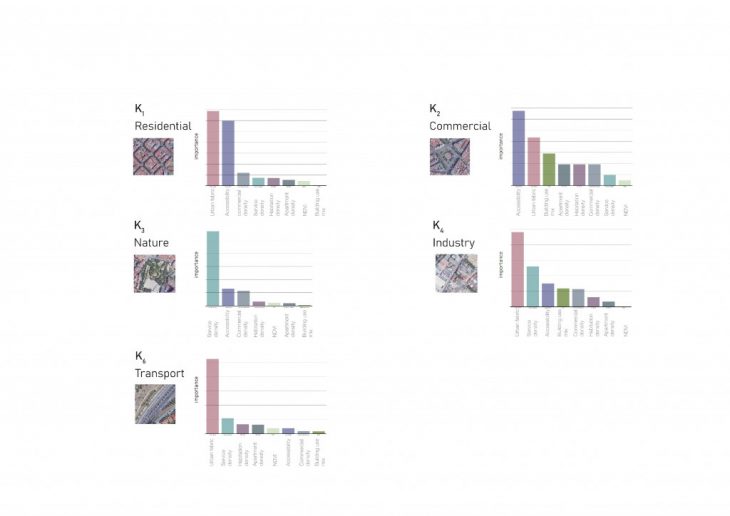The Urban Vitality is the urban synergy from “variety” of social, economical opportunities and environment. Good cities tend to be a balance of a reasonably ordered and legible city form. The project’s focus is on the features of social, economy, and environment to measure urban vitality and predict feature importance. – SynergiCity
It could build a design support tool to predict the impact of a design intervention on urban vitality by Artificial Intelligence.
So in this course, using Artificial Intelligence to predict the Features Importance by calculating urban vitality before building a support tool.
In the process, I use Artificial Neural Network and K-nearest neighborhood classification algorithm.

Conclusion

In the control variable, the urban fabric is the most important to affect urban vitality, but in the chart, it shows when to increase the density of the urban fabric does not mean urban vitality will increase. It should cooperate with mobility or other objects.

In residential, industry, and transport areas, urban fabric density( such as basic infrastructures …) is the most important to impact urban vitality for local citizens.
In nature area, service density (such as a local market) is the most important, and in commercial, accessibility (the distance from sites to bus/metro stations) is the most important.
So this is good for low urban vitality or empty spaces to give suggestions to develop and bring the economy in a short time. In a short, building a support tool is helpful to simulate strategies for low urban vitality or empty urban spaces on different urban land use.
AI in Urbanism II is a project of IaaC, Institute for Advanced Architecture of Catalonia developed at Master in City & Technology 02 in (2019/2020) by:
Student: XINYU ZHANG
Faculty: Angelos.Chronis, Nariddh Khean, Joscha Duering